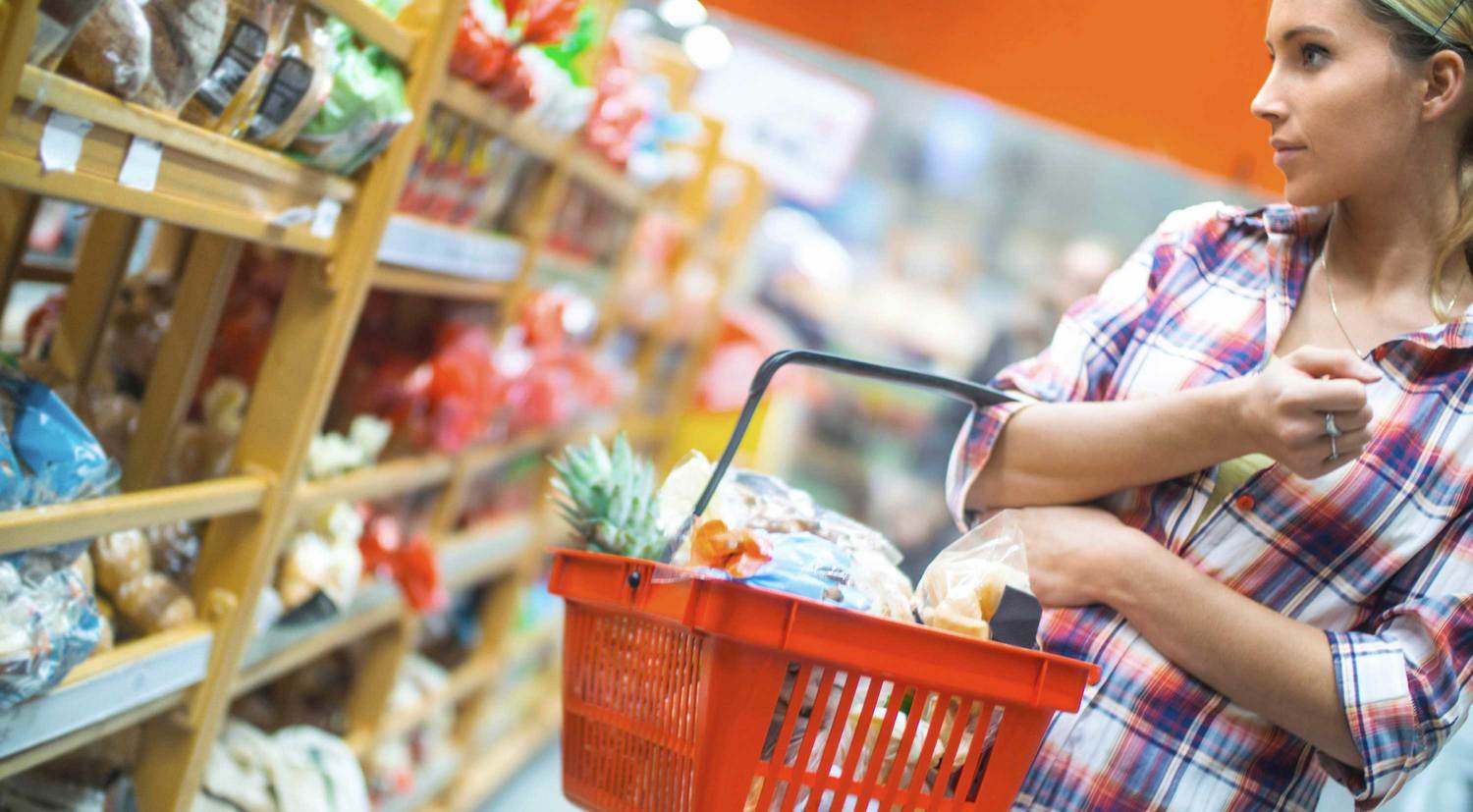



Article by: Hari Yellina
The majority of food waste in Australia, according to Curtin University supply chain specialist Dr Elizabeth Jackson, does not occur at the basic production level. “The other end of the supply chain is where — unfortunately — roughly 51 percent of our food waste and loss occurs in our nation,” she said. “We often see enough of waste in food supply chains, and plenty of things to do with it, but the difficulty is that adding value to waste is simply not economically viable. “But what’s most fascinating about [these farmers’] efforts’ is that they’ve been able to produce things that are financially feasible.
Cauliflower is the second-largest crop in the association, and its acreage has remained relatively stable. The amount of spinach sown has decreased by around 2%, and less beans have been planted. These items aren’t on the decline, but this year’s growers chose to cultivate corn, a safer crop. That’s why there aren’t as many carrots. Processing fresh frozen veggies is best done as soon as possible after harvesting. Since the 1970s, producers and purchasers in Belgium have collaborated closely. According to Brecht Demasure of the Center for Agricultural History, “they have developed significantly as a result of this.” The proximity of farms and processing facilities is critical to success. Within two hours, harvested crops arrive at the processing plant.
Growers know the prices and can plan their cultivation accordingly since the frozen food industry assures supply through contracts. The contracting process was problematic this year. Buyers and growers debated rates for a long time but were unable to reach an agreement, with growers even protesting. Depending on the crop, Ingro estimated a ten to twenty-one percent increase in cost price. Clients only wanted to pay a three- to five-percentage-point increase. “It was a back-and-forth game, with both parties refusing to accept each other’s offers. Several growers got involved, which didn’t help matters. In the end, we came to an agreement “Luc explains. Buyers clearly profited from the agreement signed just before the Ukraine conflict erupted. As a result, prices for commodities like wheat have risen.
Alternative crops like wheat and corn had already piqued the interest of commercial vegetable producers. Even before the war, these were fetching 30 to 40% and 35 percent higher prices. As a result, some growers of riskier crops like beans had already shifted. As a result, industry vegetable growers have had a challenging and risky start to the season. For a long period, buyer contracts were in doubt. Growers had to take chances when they started planning their crops and purchasing seeds and planting materials in early February. It will be extremely difficult for most crops to make a profit this season. The agreed contract rates for some crops, according to Ingro, do not cover costs.
Costs for growers should rise significantly higher than expected due to inflation. Weather factors, obtaining enough qualified workers, and the cultivation process itself all provide obstacles. Luc, on the other hand, thinks that modifying contracts is out of the question. “The agreed-upon pricing will be honoured. Clients have their own difficulties, and they need to know that they can rely on us “He comes to a conclusion.